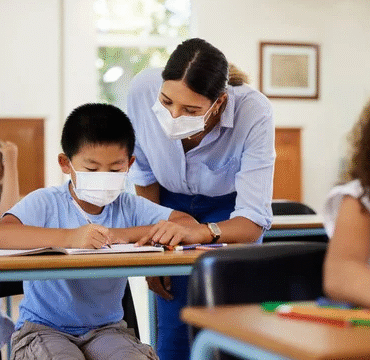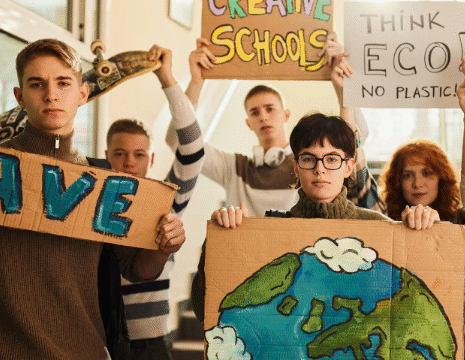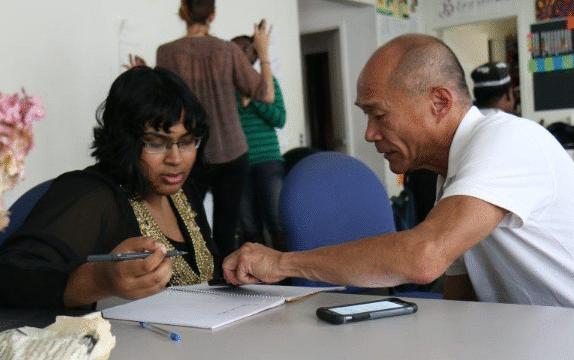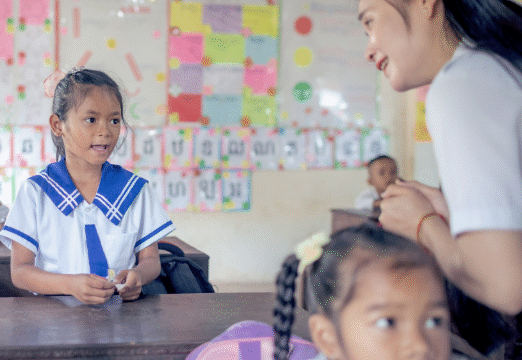Education is not limited to the hours children spend inside
a classroom. Much of their growth, curiosity, and personal
development takes place beyond the school day. That is
where after-school programs play such an important role. These programs give children opportunities to explore their interests, strengthen skills, build friendships, and stay engaged in a safe environment. When designed with inclusivity in mind, they can support children of all backgrounds and abilities, ensuring that everyone has access to enriching experiences after the final school bell rings.
After-school programs have been part of community life for decades, but their purpose has grown more meaningful in today’s fast-changing world. Parents are often balancing long work hours, transportation challenges, and other responsibilities, which makes it difficult to provide consistent supervision in the afternoon. Programs that welcome children into a structured and caring space help fill this gap. At the same time, they do far more than just keep kids occupied. They nurture creativity, build confidence, and support learning in ways that feel enjoyable rather than obligatory.
One of the key strengths of after-school programs is their flexibility. Unlike the structured academic schedule of a school day, these programs can offer a wide variety of activities tailored to children’s interests. A child who loves art may find joy in painting or pottery, while another might discover a passion for science through hands-on experiments. Sports, dance, and music lessons allow students to express themselves physically and artistically, while tutoring and homework clubs provide extra academic support in a relaxed environment. This balance between enrichment and assistance helps children thrive in multiple dimensions of their development.
Inclusivity is at the heart of effective after-school programs. Every child, regardless of family income, physical ability, or learning style, should have access to these opportunities. Communities that invest in affordable or subsidized programs make it possible for children from different walks of life to participate. This diversity enriches the experience for everyone. Children learn empathy and respect when they engage with peers who may have different strengths, challenges, and cultural backgrounds. For children with special needs, programs that provide trained staff and adaptive activities ensure that no one feels left out.
Beyond individual growth, after-school programs have a profound effect on family and community life. Parents gain peace of mind knowing their children are in safe hands while they complete their workday. Communities benefit from reduced rates of juvenile crime and risky behavior, as children are less likely to engage in unsafe activities when they are actively engaged in supervised programs. These environments become positive gathering places that strengthen neighborhood bonds, fostering a sense of shared responsibility for children’s well-being.
Academic support is another important dimension. While after-school programs are not meant to replicate the classroom, they can reinforce lessons in creative ways. Homework assistance and mentoring can boost confidence, particularly for children who might struggle with certain subjects during regular school hours. For example, a student who finds math challenging in the classroom might gain confidence when solving problems with a tutor in a smaller group. Over time, these small successes can build a sense of achievement and reduce frustration with learning.
Physical activity is equally valuable. In a time when many children spend long hours on screens, after-school sports, dance, and outdoor games provide essential exercise. These activities not only improve physical health but also encourage teamwork, perseverance, and sportsmanship. Participating in team sports can help children learn how to cooperate, manage emotions, and celebrate collective achievements. The lessons learned on a basketball court or soccer field often extend into classrooms and future workplaces.
Creativity also flourishes in after-school environments. When children experiment with drama, music, or visual arts, they discover new ways to express themselves. These opportunities can spark talents that might otherwise remain hidden. A child who joins a theater club may develop public speaking skills, while one who picks up a guitar for the first time might fall in love with music. Such discoveries can guide future hobbies, studies, or even career paths. Encouraging creativity helps children see that learning does not stop when the school day ends—it can happen in joyful and imaginative ways.
Another meaningful aspect is the development of life skills. Many programs incorporate lessons in leadership, problem-solving, and communication. Whether children are working on a group project, helping organize a small event, or practicing conflict resolution, they are gaining skills that will serve them well throughout life. Leadership roles, even small ones, empower children to take initiative and build confidence in their abilities.
Of course, for after-school programs to succeed, accessibility must remain a priority. Cost is often a barrier, but schools, nonprofit organizations, and local governments can work together to provide affordable options. Partnerships with community centers, libraries, and faith-based groups also expand opportunities and bring valuable resources to children. Transportation support is another factor. Providing safe and reliable ways for children to get to and from programs ensures that participation does not depend solely on a family’s circumstances.
Technology is increasingly being integrated into after-school programs as well. Digital literacy classes, coding clubs, and media projects help children become comfortable with tools that will shape their futures. However, balance is essential. Technology-based activities should complement physical, creative, and social opportunities rather than replace them. This ensures that children grow in well-rounded ways, blending traditional skills with modern knowledge.
The impact of after-school programs extends far into the future. Children who feel supported, engaged, and valued are more likely to grow into confident and capable adults. They carry forward the lessons of teamwork, creativity, and persistence into higher education, careers, and civic life. Communities that invest in these programs are not only helping young people today but also building stronger, healthier societies for tomorrow.
Creating after-school programs for all children is both a responsibility and an opportunity. It is a responsibility because every child deserves access to safe and enriching environments outside the classroom. It is an opportunity because these programs unlock potential, strengthen families, and bring communities together. When schools, parents, community leaders, and policymakers collaborate to expand access, they help shape a brighter future for the next generation.
In the end, after-school programs are much more than a way to fill time between school and dinner. They are spaces where children learn to dream, create, and connect with others. They are pathways that encourage exploration and confidence. Most importantly, they are reminders that education and growth do not stop when the bell rings—they continue wherever children are given the chance to flourish.






